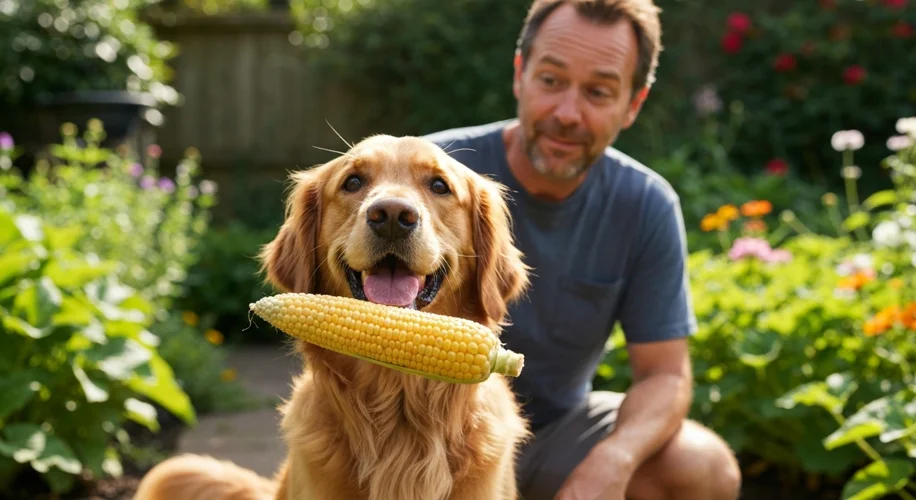Well, this morning started with a bit of a surprise from my furry friend. My dog, ever the enthusiastic hunter (or perhaps just a curious sniffer), trotted up proudly with a rather sorry-looking ear of sweetcorn. Now, I pride myself on knowing my garden, but this particular specimen looked… off. It had a strange discoloration, and frankly, it looked a bit sickly.
My first thought went to disease. As gardeners, we know that our plants can be susceptible to all sorts of issues, from fungal infections to pest damage. Sweetcorn, in particular, can be prone to diseases like smut, rust, and bacterial wilt, which can affect the kernels and the stalks. “Diseased sweetcorn??” I muttered, looking at the slightly shriveled kernels and the unusual spots on the cob.
If you’re a gardener, you’ve probably had moments like this. That exciting discovery of your harvest, only to find it’s not quite up to par. It’s a common part of the growing process. Sometimes it’s a pest, sometimes it’s a nutrient deficiency, and sometimes it’s a full-blown plant disease.
So, what do you do when your dog brings you a potentially diseased vegetable?
First things first: Assess the situation.
Take a close look at the entire ear of corn. Are the kernels shriveled, discolored, or unusually large and swollen (which can be a sign of corn smut)? Are there any visible signs of insect damage or mold? It’s important to try and identify what might be wrong.
When in doubt, throw it out (safely).
If you suspect the corn is diseased or has been significantly damaged by pests, it’s usually best to err on the side of caution. Compost it if it’s just a mild case of something like a fungal spot that you can manage in your compost pile. However, if it’s something more serious or if you’re unsure, it’s safer to discard it away from your garden to prevent potential spread. Avoid feeding it to pets, as some plant diseases or molds can be harmful.
Learn from the experience.
This is a great opportunity to learn more about common sweetcorn diseases. A quick search for “sweetcorn diseases” will bring up plenty of resources with pictures and descriptions. Understanding what you saw can help you be more vigilant in your garden for the rest of the season. It might also inform your planting decisions for next year – perhaps choosing more disease-resistant varieties or rotating your crops.
It’s a reminder that even with the best intentions, nature can throw us curveballs. My dog’s unusual gift, while a bit gross, is also a learning moment. It’s a peek into the health of my garden, and a chance to brush up on my plant pathology knowledge!
Anyone else had their dog present them with a questionable garden find?

